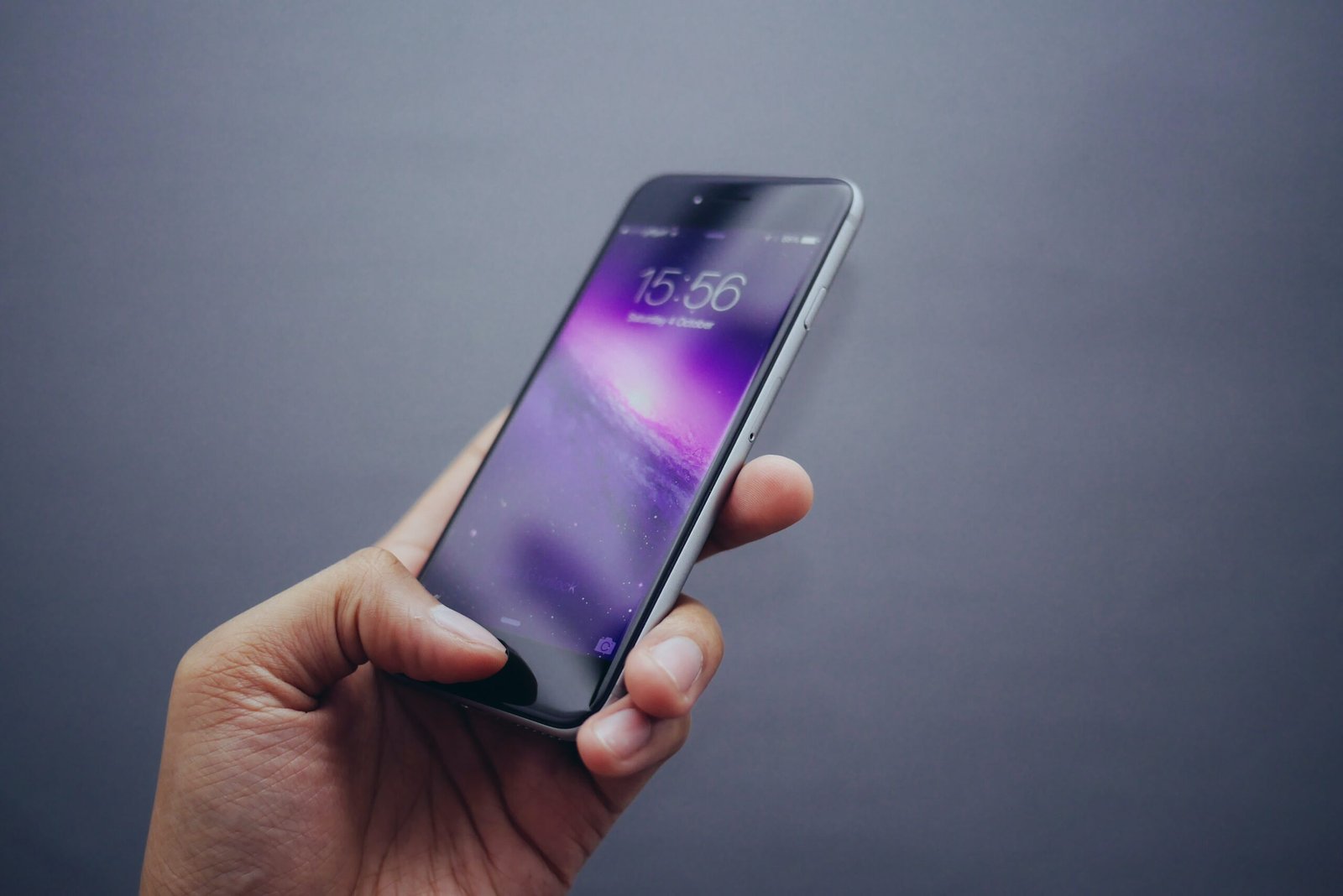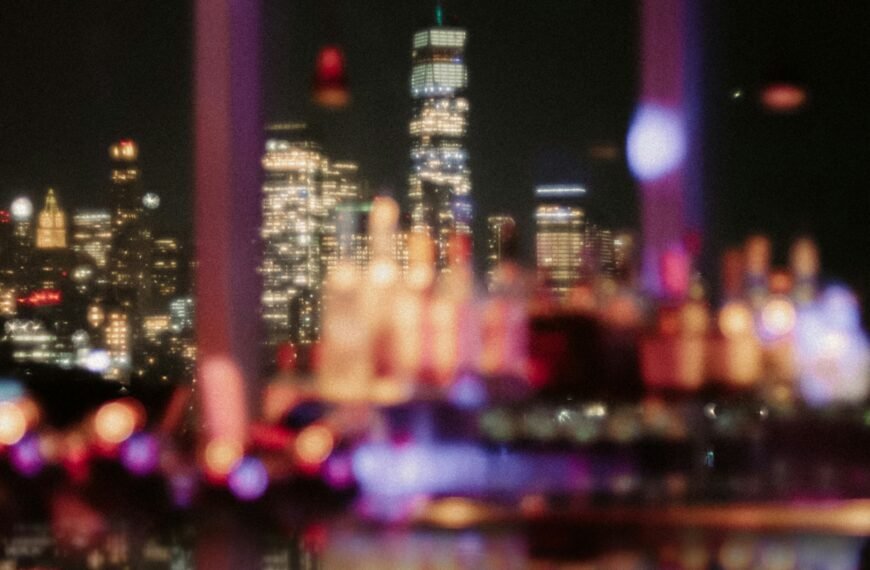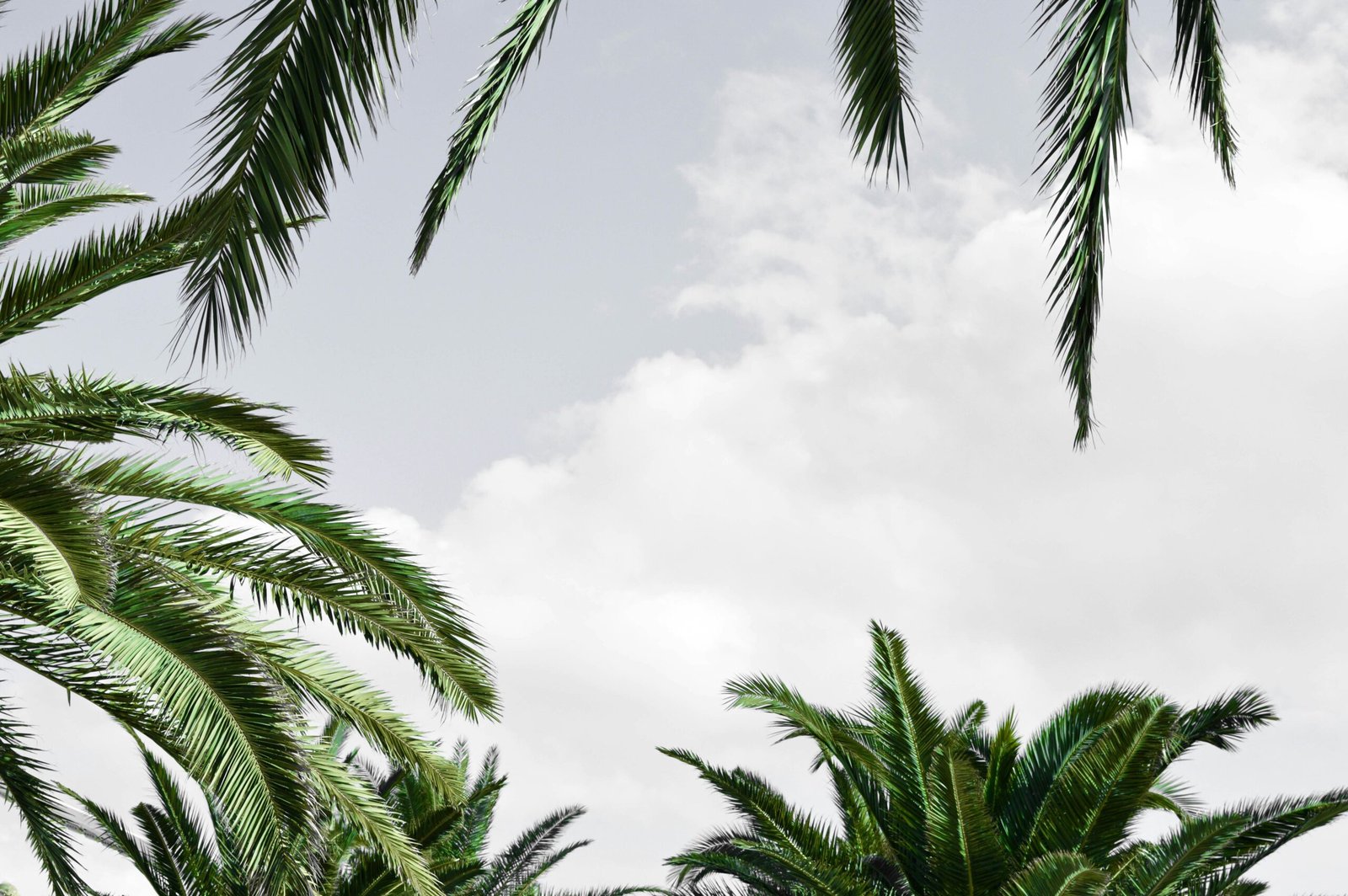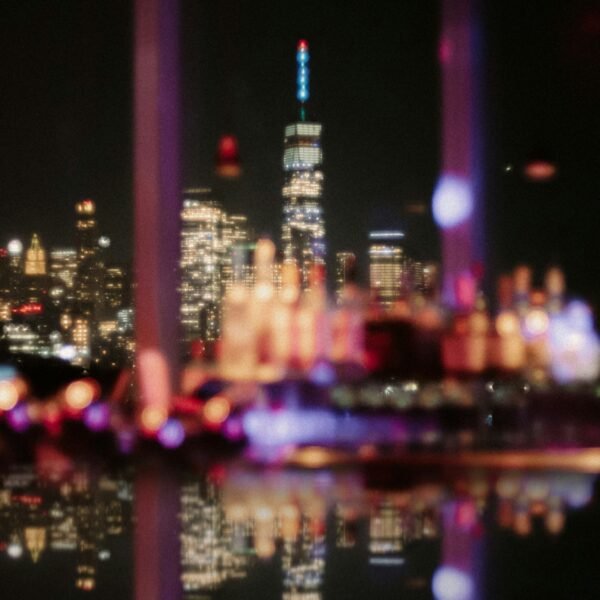Are you tired of the constant exposure to blue light from your iPhone screen? Well, fret no more! In this article, you’ll discover an easy and straightforward method to turn off the blue light on your iPhone. Say goodbye to strained eyes and disrupted sleep, and hello to a more comfortable and restful experience with your device. So, let’s dive right in and learn how to protect your eyes and improve your overall well-being with a simple adjustment on your iPhone settings.
How to Turn Blue Light Off on iPhone
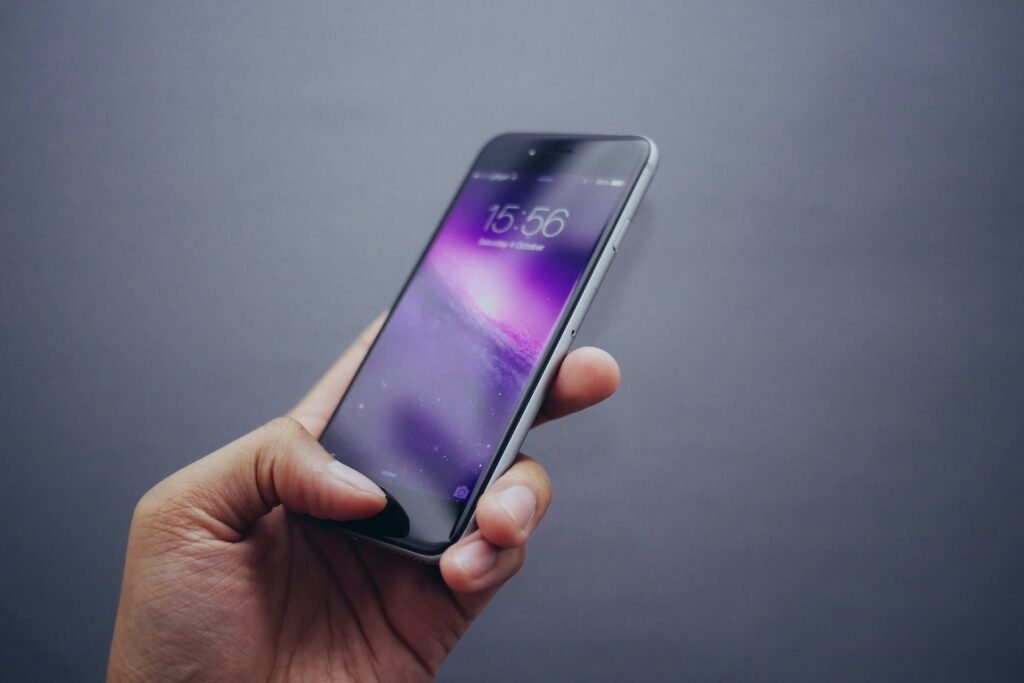
Why Turn Blue Light Off on iPhone
Turning off the blue light on your iPhone can have several benefits for your eyes and overall well-being. Blue light emitted by electronic devices, like smartphones, can cause eye strain, disrupt sleep patterns, and even increase the risk of macular degeneration. By learning how to turn off the blue light on your iPhone, you can reduce these potential effects and enhance your mobile experience.
Understanding Blue Light
Blue light is a high-energy and short-wavelength light that is emitted by electronic devices, such as smartphones, tablets, and computer screens. It is part of the visible light spectrum and is known to have a stimulating effect on the brain. While exposure to natural blue light during the daytime is beneficial for regulating circadian rhythm and improving mood, excessive exposure to artificial blue light, especially during nighttime, can have negative effects on our health.
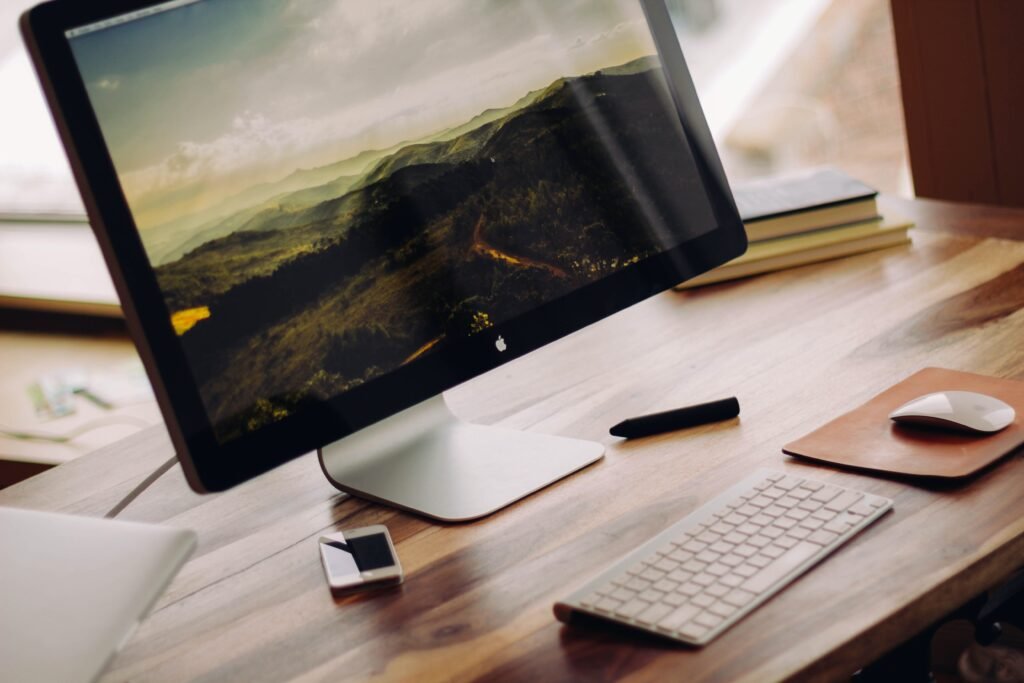
Potential Effects of Blue Light
Excessive exposure to blue light, especially during the evening and nighttime hours, can have various potential effects on our health. These include disrupted sleep patterns, digital eye strain, increased risk of macular degeneration, and impact on our circadian rhythm. By understanding these potential effects, you can take steps to minimize your exposure to blue light and prioritize your well-being.
Built-in Blue Light Filter on iPhone
Fortunately, Apple has recognized the importance of reducing the harmful effects of blue light and has included a built-in blue light filter feature called Night Shift on iPhones. Night Shift uses the device’s clock and geolocation to automatically adjust the colors of your display, reducing the amount of blue light emitted. This handy feature allows you to protect your eyes and maintain better sleep quality without the need for third-party apps or accessories.
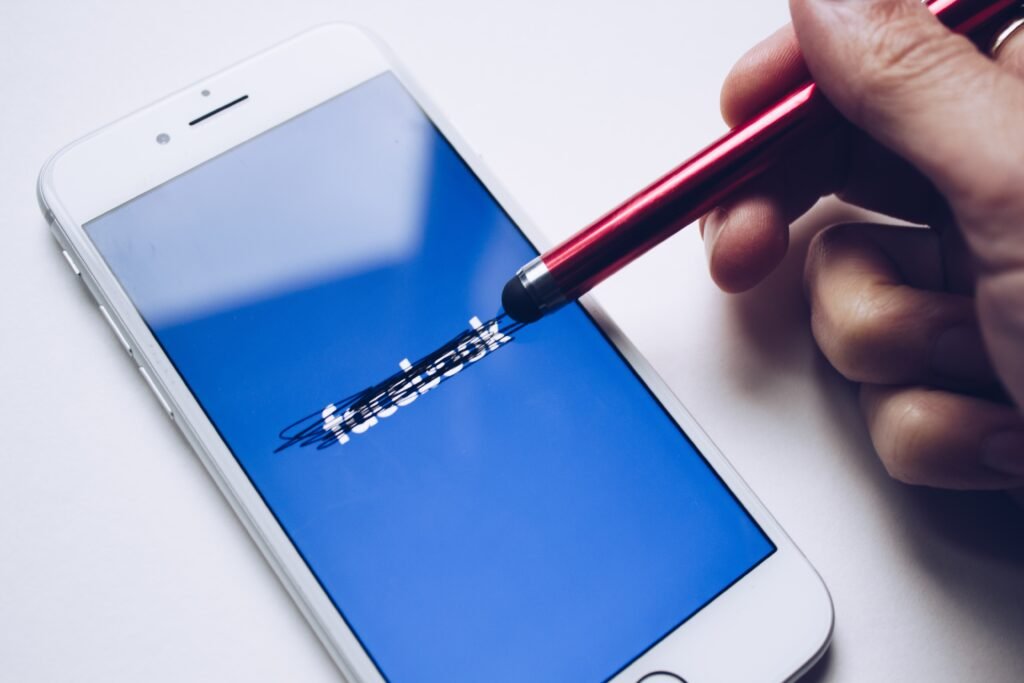
Enabling Night Shift Mode
To enable Night Shift mode on your iPhone, follow these simple steps:
- Open the “Settings” app on your iPhone.
- Tap on “Display & Brightness.”
- Select “Night Shift.”
- Toggle the switch to enable Night Shift mode.
Once enabled, your iPhone’s display will be automatically adjusted to emit less blue light, providing a warmer and more comfortable viewing experience.
Adjusting Night Shift Settings
After enabling Night Shift mode, you have the option to customize the settings to suit your preferences. Here’s how:
- In the “Night Shift” settings, tap on “Schedule.”
- Choose whether you want Night Shift to turn on at Sunset to Sunrise or set a custom schedule.
- Select either “Manual” or “Scheduled” activation.
- Adjust the “Color Temperature” slider to customize the warmth level.
- Drag the “Strength” slider to determine how much the display color changes.
By adjusting these settings, you can personalize your Night Shift experience and find the perfect balance between reducing blue light and maintaining visual clarity.
Setting a Schedule for Night Shift
With Night Shift mode, you have the flexibility to set a schedule for when the blue light filter is active on your iPhone. This allows you to ensure that your device automatically adjusts its display according to your preferred timeframe. Here’s how you can set a schedule:
- In the “Night Shift” settings, tap on “Schedule.”
- Choose “Custom Schedule.”
- Set the desired start and end time by adjusting the sliders.
- If you want Night Shift to be active on multiple days, tap on the days you want to include.
With a personalized schedule, Night Shift mode will automatically activate and deactivate at your specified times, providing you with consistent blue light protection.
Customizing Color Temperature
Night Shift mode offers the ability to customize the color temperature of your iPhone’s display, allowing you to find a comfortable balance between reducing blue light and maintaining visual appeal. Here’s how to customize the color temperature:
- In the “Night Shift” settings, tap on “Color Temperature.”
- Slide the Warmth Level slider to adjust the color temperature from cooler blues to warmer yellows.
- As you adjust the slider, the preview will show you a real-time demonstration of the color changes.
With the flexibility to customize the color temperature, you can optimize your smartphone’s display to suit your individual preferences and minimize the potential effects of blue light.
Disabling Night Shift Mode
If, for any reason, you need to disable Night Shift mode temporarily or permanently, follow these steps:
- Open the “Settings” app on your iPhone.
- Tap on “Display & Brightness.”
- Select “Night Shift.”
- Toggle the switch to disable Night Shift mode.
By disabling Night Shift mode, the display on your iPhone will return to its default settings, including the amount of blue light emitted. Keep in mind that re-enabling Night Shift mode can be done following the same steps as enabling it.
Using Accessibility Settings
In addition to Night Shift mode, Apple provides alternative options in the iPhone’s Accessibility settings to control blue light. If you prefer to use the accessibility options instead of Night Shift mode, follow these instructions:
- Open the “Settings” app on your iPhone.
- Tap on “Accessibility.”
- Scroll down and select “Display & Text Size.”
- Tap on “Color Filters.”
- Toggle the switch to enable Color Filters.
- Adjust the “Hue” slider to set the desired color tint.
By utilizing the accessibility settings, you can have more control over the color display of your iPhone, minimizing the impact of blue light and adapting it to your specific needs.
In conclusion, blue light emitted by electronic devices can have potential effects on our eyes and overall health, especially during nighttime. By utilizing the built-in blue light filter feature on iPhones, such as Night Shift mode, and understanding how to adjust its settings, you can reduce eye strain, improve sleep quality, and minimize disruption to your circadian rhythm. Whether you enable Night Shift or utilize the accessibility options, taking these steps will help create a more comfortable and conducive mobile experience for your eyes and well-being.

